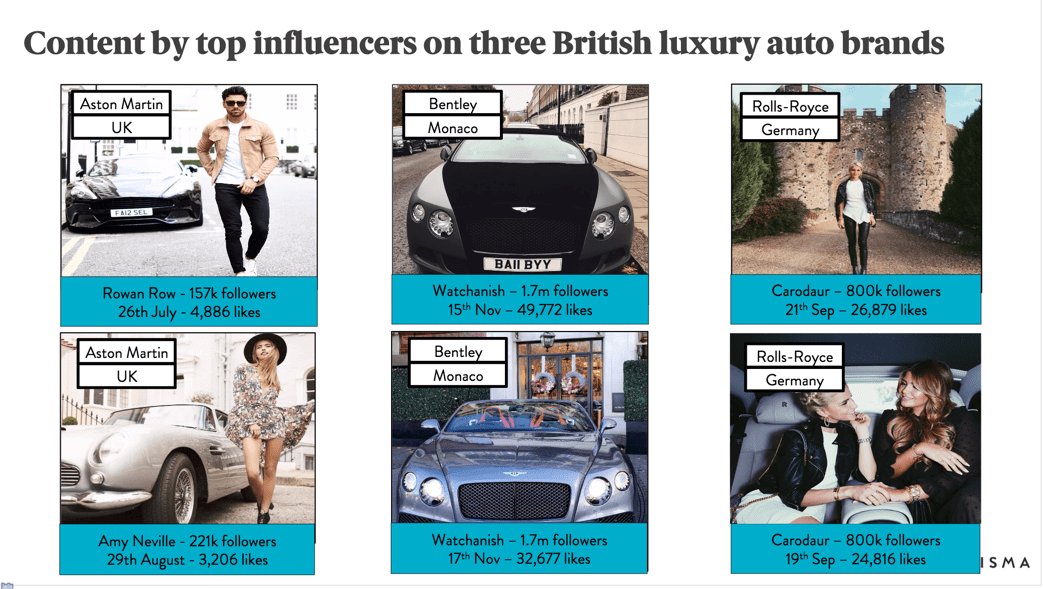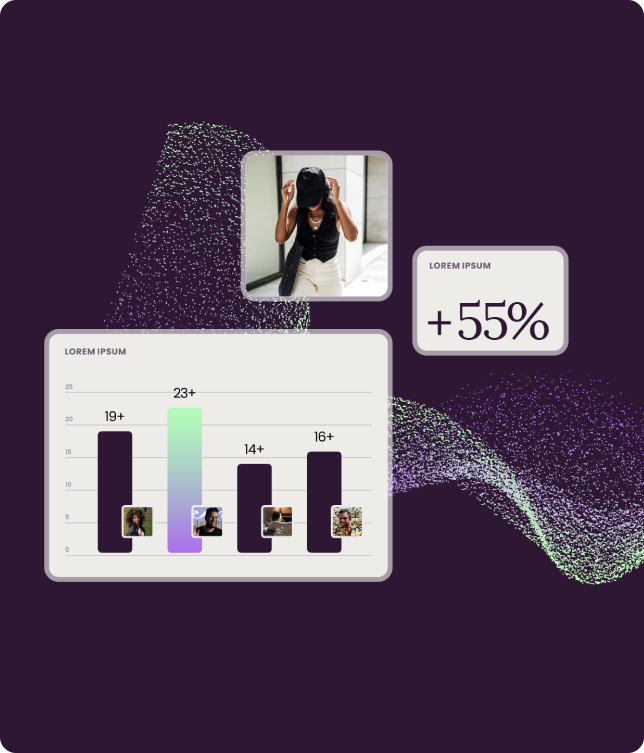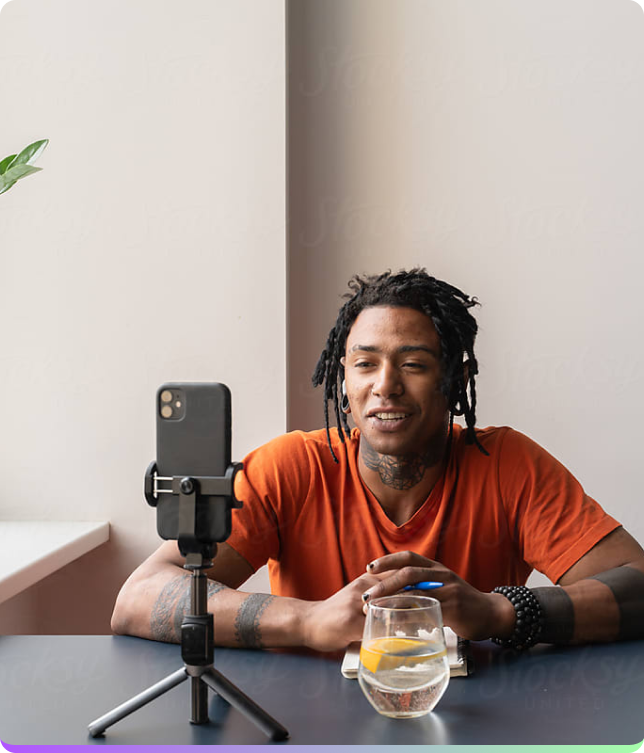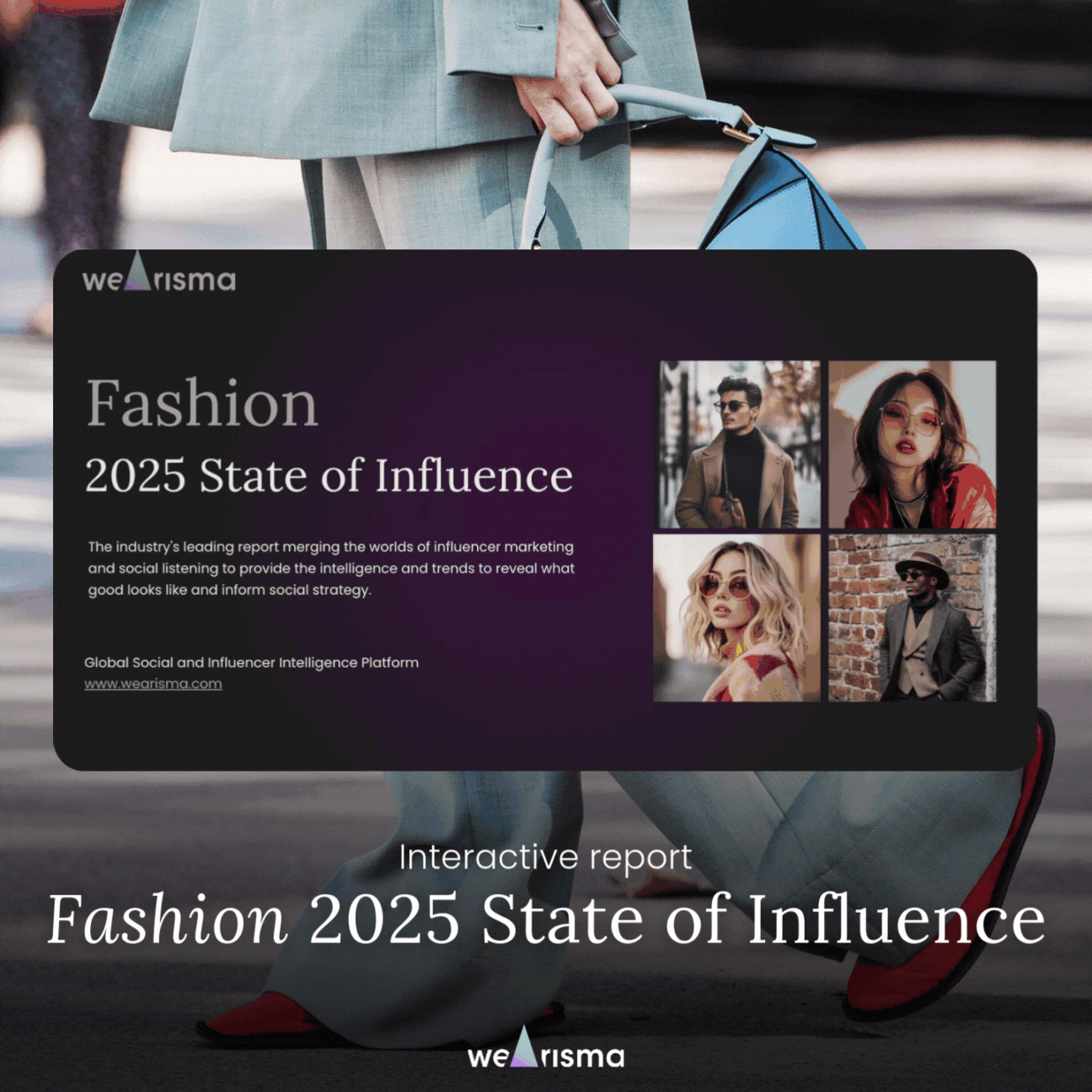Relying on quick and inexpensive influencer posts can backfire, leading to content that lacks authenticity and confuses brand positioning. With millions of ads and varied influencer portfolios, careful research and alignment with influencers’ values are crucial. Avoiding hasty partnerships helps protect your brand’s credibility and reputation, ensuring meaningful and effective influencer marketing strategies.

Published On: June 7, 2017
You know the drill: you’ve got an event next week and need to plan your social ASAP. Time to reach out to as many influencers (or brief as many agencies) as possible, and pray a handful can do a cheap sponsored post. The more social the better, right?
But even if those those quick and easy posts have solid engagement, you could be doing your brand a disservice in the long run. It may be tempting to dive into the world of influencers head on, choosing a few (or more) that seem popular and don’t cost a fortune. However, sponsored posts don’t exist in a vacuum; each lives within a greater content ecosystem. When 9.7 million Instagram #ads have already been posted this year alone, influencer loyalty just isn’t realistic. Influencers come with portfolios of posts that are often on different topics, and almost always with different sponsors.
Choosing an influencer means partnering with their brand and their choices, too – and that’s not always a worthwhile investment. Taking the time to consider how an influencer’s body of work could integrate with yours might save your brand from the common pitfalls of hasty decisions.
So what kinds of risks are brands exposed to if they approach influencer marketing without due diligence?
“Lorem ipsum dolor sit amet consectetur. Diam platea at tempor ut ut egestas venenatis. Placerat eros eget commodo ut cursus. Enim libero nibh facilisis est. At phasellus mauris ornare posuere consequat. Quam lacus curabitur consectetur amet libero tortor eu volutpat sit. Venenatis eget aenean in enim.”

 Consumers on social cite time and time again that their main reason for following influencers is authenticity. Users trust recommendations that come from real people with real interests. While it’s a no-brainer to use influencer marketing to build authentic content around your brand, it must be approached thoughtfully.
Consumers on social cite time and time again that their main reason for following influencers is authenticity. Users trust recommendations that come from real people with real interests. While it’s a no-brainer to use influencer marketing to build authentic content around your brand, it must be approached thoughtfully.
Paying for posts by any available influencer in exchange for a quick buck can lead to content that’s not relevant for your brand. Users can sense when a partnership is baseless, and will be turned off. Rather than engaging meaningfully with consumers, the post will look “fake” to the savvy millennial. Take the cringe-worthy example of Scott Disick copy and pasting instructions from a sponsor on Instagram: credibility and trust are everything. As MuseFind puts it: “Brands need to ensure influencers align with their brand when choosing which influencers to work with, while influencers need to remain credible when giving their reviews or opinion about a product.” Master that partnership through careful consideration, and your brand will shine.
Wearisma recently conducted a study on influencer marketing in the luxury car industry. During a specific period in 2016, we noted that influencer Amy Neville received the highest number of likes in comparison to all lifestyle influencers associated with the brand. While Aston Martin is a high-end brand, Amy Neville also worked with high-street brands like River Island and Kurt Geiger. The result? Confused or uninterested followers caused low engagement. By contrast, Rolls-Royce influencer Carodaur worked with like-minded luxury brands like Cartier and Dolce and Gabbana. This well-placed partnership led to notably high engagement from a social community that was already on-board.

As influencer marketing accelerates, it’s more important than ever to make sure potential influencers are correctly positioned to endorse your brand. Take the time to research their history of sponsorships to help build partnerships that work.

There have been many recent controversies involving influencers and brands. Think the Kendall Jenner ad for Pepsi and the Instagram models of Fyre Festival. When trust and ethics are on the line, neither the brand nor the influencer comes out unscathed. Top influencer PewDiePie posted controversial videos online earlier this year, and sponsors like Disney and Youtube quickly withdrew from their partnerships. But as James Nohd explains in Adweek, “PewDiePie was known for his over-the-top humor, and any brand buying ads against an influencer… takes a risk of putting themselves into an influencer’s hand”. While you can set guidelines for your sponsored posts with influencers, you can’t predict or control their actions. That’s why it’s crucial to research potential influencers to find those whose values align with your brand and who can be lasting partners.
Influencer marketing can be a great choice for your brand, but requires careful research, planning and curation. Simply paying anyone with any level of following who accepts your assignment can jeopardise carefully built brand credibility, position and reputation. Think thoughtfully and strategically about your influencer strategy, and build up relationships that make sense over time. Your results will resonate, and your influencers can grow along with you.


Keep informed with the latest trends, reports, and case studies from the world of influencer marketing.

Influencer marketing has transformed significantly in recent years, expanding beyond simply identifying social media personalities with substantial followings. Today’s successful campaigns require sophisticated systems that address the entire marketing process, from strategic creator selection through content development to comprehensive performance analysis.

WeArisma’s Fashion 2025 State of Influence Interactive Report – Your Essential Guide to Beauty Brand Success in the Digital Age.
The fashion landscape is evolving. Traditional strategies no longer guarantee success – Resonance, Virality, and Authentic Engagement are beginning to define market leaders.
Our latest Fashion 2025 State of Influence Report uncovers the key shifts shaping the industry and the strategies fueling sustained impact.
Stay up to date with the latest industry trends and topics
Discover how WeArisma can help you harness the power in influence, grow your brand’s presence, and achieve measurable success.
WeArisma combines the power of AI, influencer marketing and social listening to deliver smarter, scalable strategies with real impact.